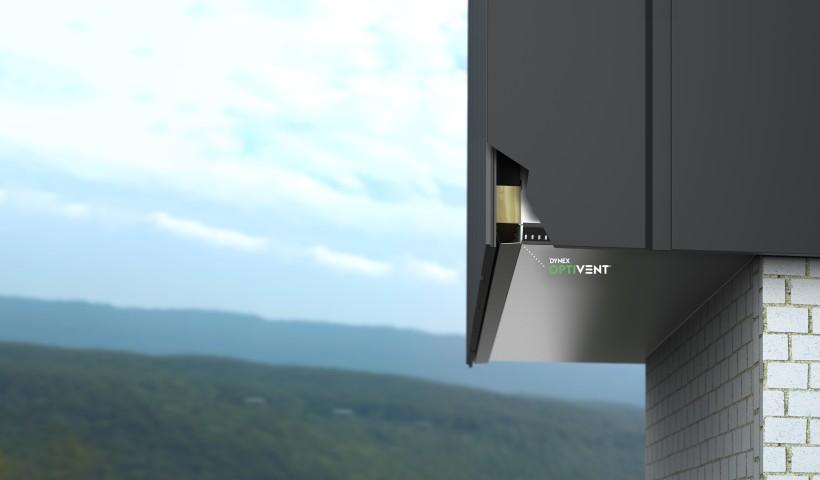
The construction industry has ambitious energy efficiency targets, and plastics help these targets become an achievable reality. The use of plastics in the building industry reduces overall energy consumption and therefore helps to protect the environment. Here’s how:
The Benefits of Plastics
Most plastics are easy to install and require little to no maintenance. As such, they require very limited energy consumption and resources over their life-cycle.
Plastic building materials also have a number of vital benefits that make a significant and expanding contribution to the building industry:
- Plastics are durable and corrosion-free: They are ideal for applications such as window frames and pipes, which can last for over 50 years.
- Plastics insulate from cold, heat and sound: They save energy, offer great value for money, and reduce noise pollution.
- Plastics are lightweight: They reduce the cost of labour and the need for heavy equipment such as cranes. They are also easier to handle, transport, and store.
- Plastics can either be recycled or their energy can be recovered: The recovery of plastic waste in the construction sector is on the increase. Between 2006 and 2012 the recycling and energy recovery from plastics within the construction industry in Europe alone has increased from 48% to 62%.
- Plastics are easy to maintain and clean, and are impenetrable: They are ideal for household interior and exterior surfaces as they require minimal maintenance.
- Plastics make buildings more energy-efficient: Energy consumption is greatly reduced when buildings are insulated with polymer materials. In addition, plastic insulation products save over 200 times more energy over their lifetime than the energy that was expended in their production. They are roughly 16% more energy efficient than alternative insulation materials.
- Even when custom-made, overall plastics are often more economical to produce than other materials.
A Bright Future for Plastics
Plastics form a huge part of our everyday lives. From clothing to cars, it’s almost impossible to imagine a world without plastics. They are crucial to humanity’s innovation and advancement.
Since plastics are here to stay, let’s look at what the future holds for this dynamic material. According to Plastics Europe, here are some of the things to be expected:
- Photovoltaic technology: In the very near future, highly transparent photovoltaic cells will be printed onto plastic films to use as window glazing. The result? Power-generating windows that are highly energy efficient.
- Acrylic panels and fibre-reinforced plastics: Architects and designers will use acrylic panels and fibre-reinforced plastics to mould buildings into any shape.
- Load-bearing plastics: Fibre-reinforced plastics will enable the construction of durable load-bearing structures such as bridges, thanks to their resistance to corrosion, lightweight and strength.
In conclusion, plastics are making a huge contribution to sustainable house design and improving the energy efficiency of buildings. What's more, they're playing an important role in tackling climate change and preserving valuable resources.
Want to stay on-trend? Discover what’s new in architecture and design for the next big project in DynexBuild's free ebook, Seven Trends Shaping Architectural Design.













 New Products
New Products









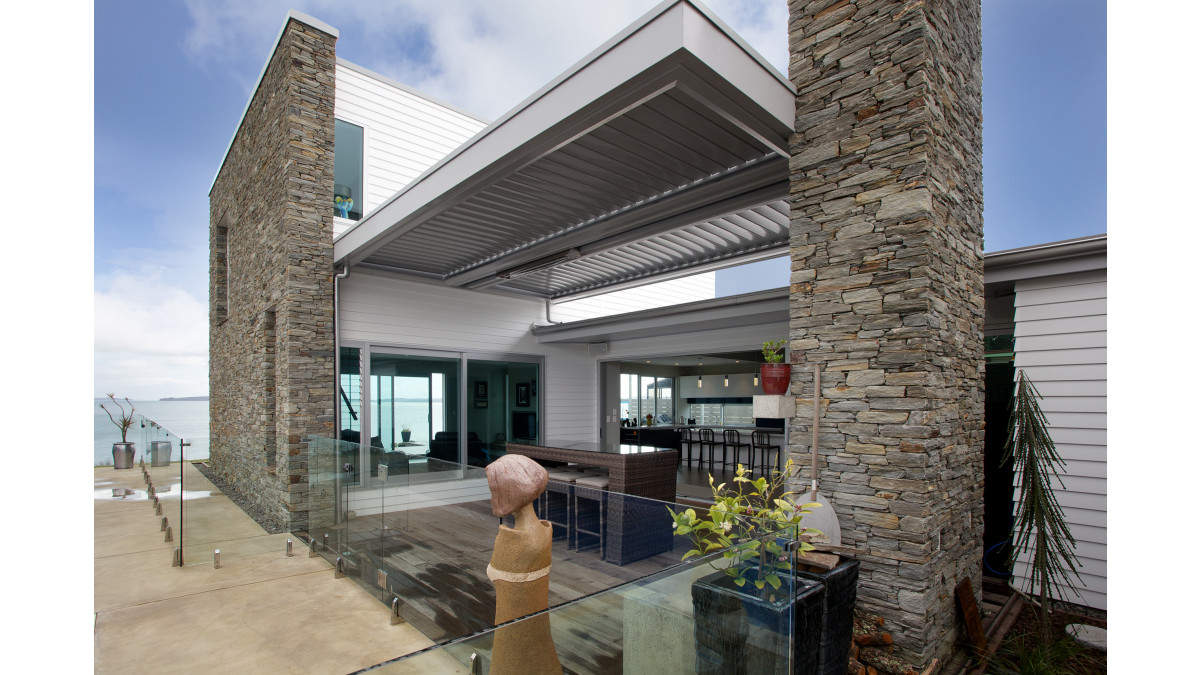
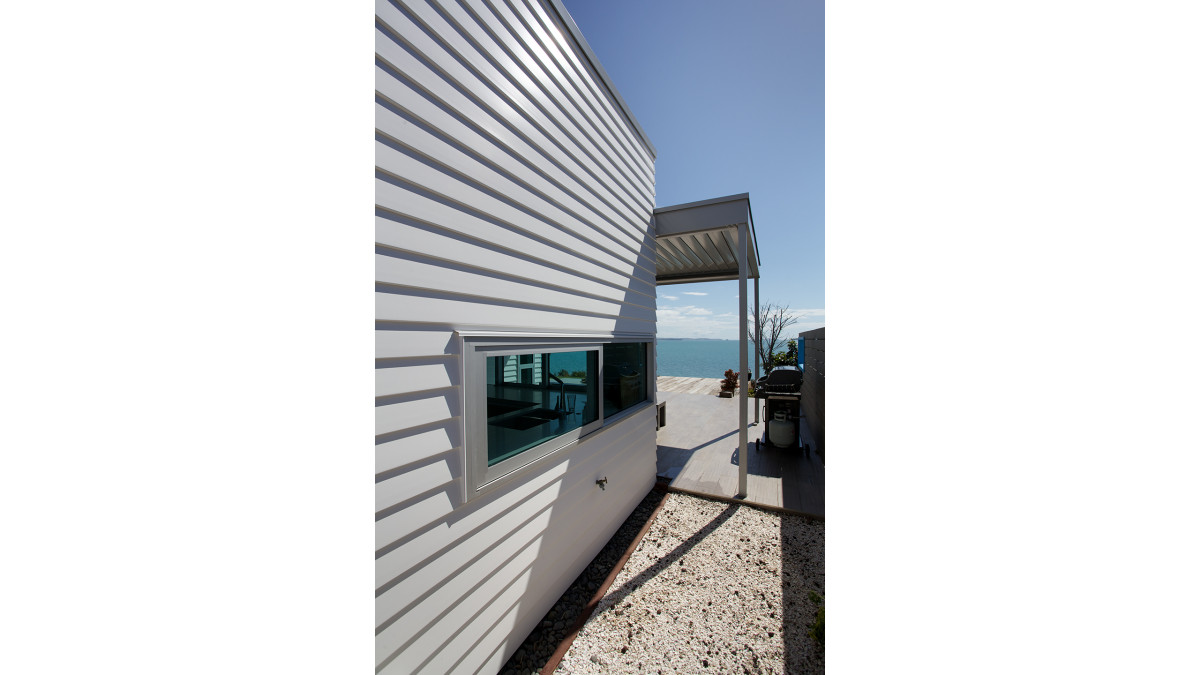



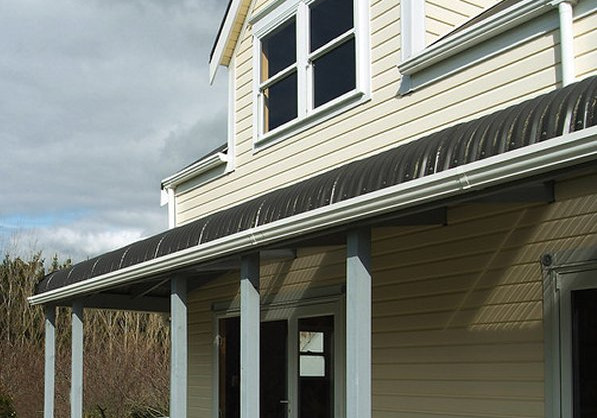
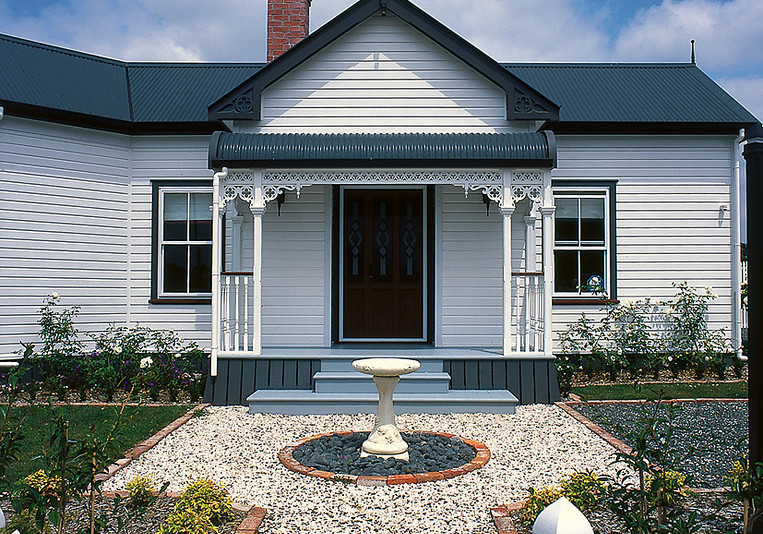



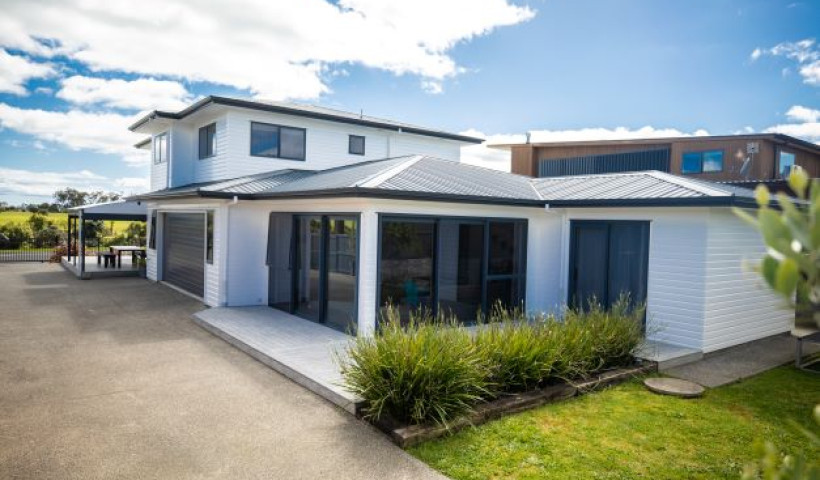
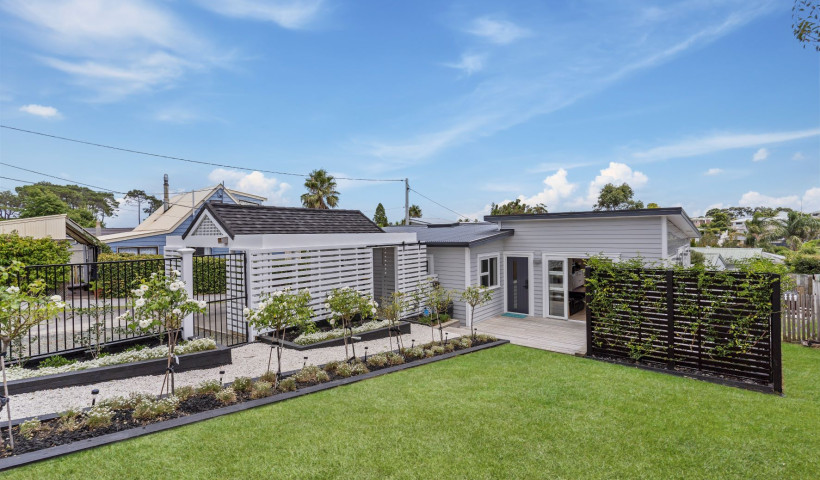
 Popular Products from Dynex
Popular Products from Dynex


 Most Popular
Most Popular


 Popular Blog Posts
Popular Blog Posts
